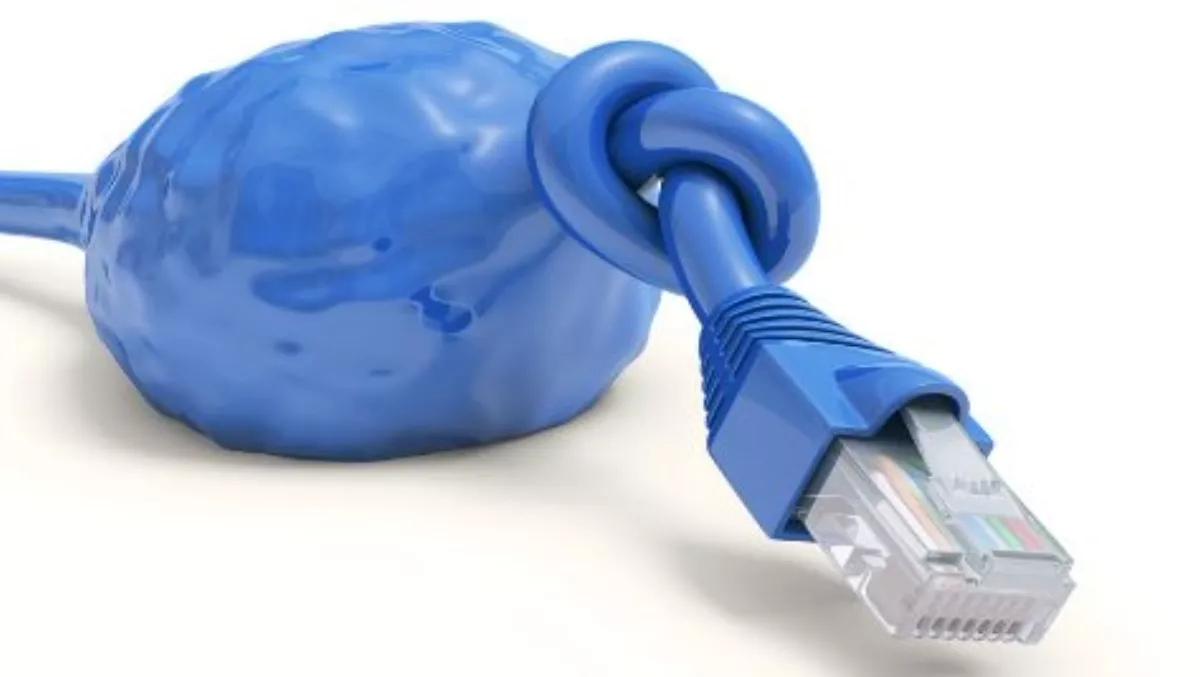
Windows 10 upgrade causing UFB congestion
The Windows 10 upgrade is having a severe impact of local UFB, new research has found.
Covering hundreds of millions of computers in 190 countries (including New Zealand), the current Microsoft Windows 10 upgrade is one of the largest software delivery projects in history.
New research from local telecommunications firm Digital Island, which included a survey of over 2000 Kiwi businesses, shows the upgrade has increased network traffic by up to 100%, with an average increase of 40% since the upgrade began a week ago.
Blair Stewart, Digital Island CEO, says although the upgrade has been progressively released to users, the increase in traffic volume has been significant over the past week. "This is set to continue as hundreds of thousands of computers throughout the country download the new operating system," he says.
Stewart says each upgrade will take around half an hour at peak UFB speed.
"Although it's not known how many computers in New Zealand are eligible for the free operating system update, we can estimate that for every million computers, 4000 terabytes of data will be transferred," he says.
"In addition to the Windows 10 upgrade, there are a number of events which could impact on the consistency of UFB speeds given the current state of broadband infrastructure.
"These include a virus outbreak, widespread hacking events such as denial of service attacks (DDoS), and the ongoing increase in popularity of video on demand services," says Stewart.
Stewart says as businesses rapidly build their reliance around UFB for their audio and video communications, it becomes increasingly important for our broadband infrastructure to offer stability.
"One of the key selling points of UFB for businesses was to improve video conferencing and VoIP call capacity and quality, but these are the first things to be affected when there is a high number of users all downloading and streaming at the same time," he says.
For many companies who have been early adopters of UFB, an inability to provide top quality video conferencing or VoiP calls can reflect negatively, and could ultimately cost them business, Stewart says.
"The reality is that these are shared lines, and the speed is subject to performance variation, especially at peak times, which means that homes and businesses won't always get that top speed all the time.
Stewart says UFB speeds in some areas are dipping as low as 2mbps - what he says is a far cry from the advertised 'up to 100mbps' touted by many telcos.
"We believe this issue is only going to get worse as the uptake of UFB accelerates," he states.
"Currently just 14% of the country is connected, but the congestion is set to increase and affect performance more as this number grows.
Government figures for the first quarter of this year show a 23% increase in the number of end users connecting to UFB, with over 618,000 homes, workplaces and schools now able to connect.
Stewart says his company has launched a package called Premium UFB to combat the issue and ensure consistent speed for businesses.
"We know businesses need to have a certain level of performance to rely on, so we now have a product that will always achieve a level of 10mbps, even if the network is congested," explains Stewart.
"For companies who are concerned about their performance being negatively impacted at those peak times of day, a package like this can take away that concern.
"It means you can rely on it to continue functioning in a consistent manner rather than jumping from ultra fast to ultra slow in a matter of minutes.


